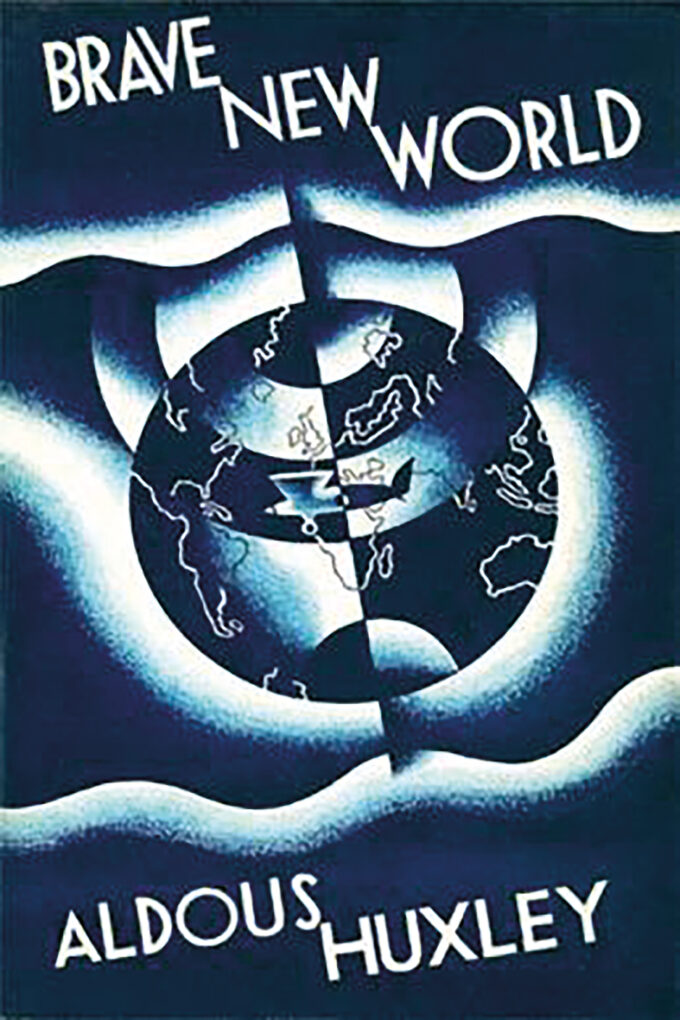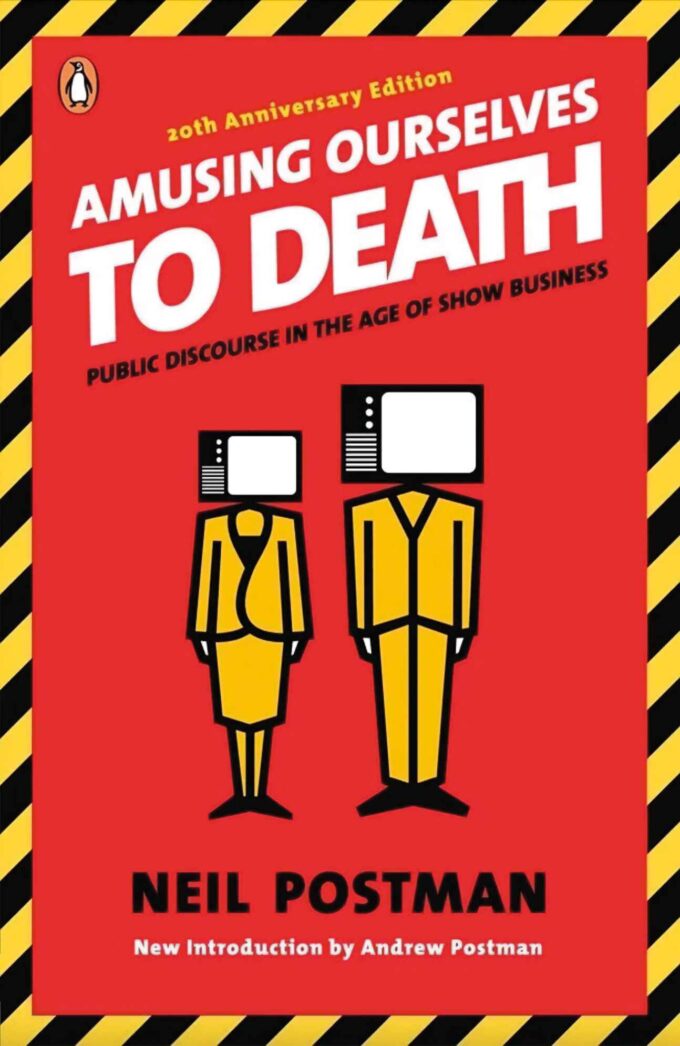Postman’s critique prefigures how we arrived at this moment. Forty years ago, he argued that when news, politics, and education became “television-friendly”, they necessarily adopted the grammar of entertainment. AI platforms take this further. While traditional television was a one-size-fits-all entertainment mode, modern social media refines and personalizes the “onslaught of superficialities”, ensuring not just amusement but a sense of personal relevance and indispensability. By analyzing billions of data points (likes, clicks, and watch times), these systems can customize headlines or video snippets precisely to a user’s emotional triggers. They amplify fleeting outrage, viral dance challenges, or conspiracy theories while discouraging sustained critical reflection. The endless feed format has become a digital update to Postman’s insight: no longer is “all the world a stage”, but all the world is a personalized distraction.
Globally, we spend an average of 4.5 hours a day on mobile devices – around 2.5 of these are immersed in algorithmically curated social media feeds. Postman warned us about this shift from depth to “algorithmic shallows”: our modes of thinking have been shaped by the medium itself. We might feel perpetually informed – swiping through endless headlines or updates – yet we rarely achieve the analytical grounding needed to comprehend intricate global challenges. The synergy of Huxley’s sedation-by-pleasure and Postman’s entertainment-driven discourse yields a cultural landscape where trivial concerns often overshadow the substantive, and momentary outrage briefly displaces measured analysis.
Nonetheless, Western societies are not monolithic. Some European countries, for instance, have adopted robust data-protection regulations (e.g., GDPR) and proposed AI governance frameworks (e.g., the EU’s AI Act) to mitigate manipulative tech-driven practices. These measures are nascent, however, and face resistance from corporate interests and political inertia. The bigger picture remains one in which consumer appetites for round-the-clock amusement and profit-driven algorithms align almost too seamlessly, reinforcing a steady diet of distraction that threatens to erode the civic fabric from within.
Signs of convergence
Orwell’s state oversight and Huxley’s trivializing distraction might seem to occupy separate worlds. In China, media outlets such as the People’s Daily communicate an official line. At the same time, in Western countries, infinite digital content addresses users’ tastes with an abandon that appears to champion freedom of choice. When AI is centrally harnessed to unify opinions, as in certain authoritarian contexts, it creates stark information gatekeepers; when unleashed in an unregulated capitalist market, it swamps citizens with so many pieces of content that discernment and cohesion become elusive. Both approaches stifle reflection and action – one by limiting the range of permissible ideas, and the other by fragmenting the public’s attention into endless micro-entertainments.
Convergence between these models is no longer purely speculative. Authoritarian states can incorporate Western-style consumer seduction into their data-driven ecosystems, just as Western governments look to AI for policing, security, and “predictive” applications that echo the logic of a social credit system. In China, technology giants like Tencent and Alibaba work closely with government oversight, aligning commercial interests with national priorities. In the West, state agencies increasingly rely on or purchase data from private tech firms, reinforcing a dynamic where corporate and government powers intersect. Under these conditions, the notion of a clear divide between Orwellian and Huxleyan paradigms fades.


 Audio available
Audio available





 Audio available
Audio available